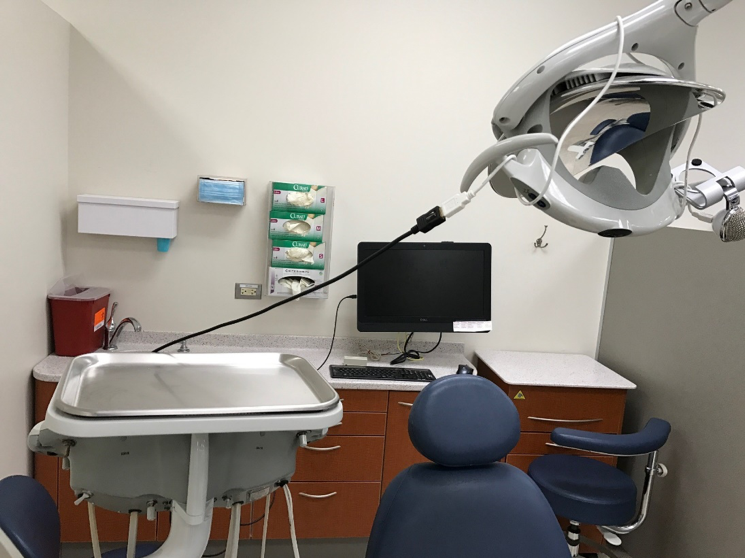Using Video for Formative, Clinical Assessments at the UIC College of Dentistry

Among the highlights from every user conference are the stories instructors, technologists, and administrators share about how they use Echo360 to improve the teaching and learning experience at their respective institutions. Our active learning conference in Chicago this year was no exception with our host institution, the University of Illinois at Chicago (UIC) presenting one of the most interesting use cases.
Nancy Norman, an Instructional Developer assigned to the UIC College of Dentistry describes how the university uses Echo360 to train and assess the performance of next-generation dentists and oral healthcare professionals.
Using Video to Administer the Objective Structured Clinical Exam (OSCE)
Ms. Norman was approached by an instructor who worked in the University’s clinical simulation area where she helped to administer the Objective Structured Clinical Exam (OSCE). The OSCE is a common assessment tool across the health professions, including dentistry, and the instructor thought that video recordings would be helpful for students and faculty alike. So, she asked for Norman’s help.
“The OSCE helps evaluate how well students perform in a wide range of practitioner-patient interactions,” said Norman. “The scenarios are varied and can range anywhere from delivering bad news to patients or encouraging a patient to adopt a healthier lifestyle, such as helping them to stop smoking.”
The instructor had 72 students and each student was presented with 4 different scenarios on which they were evaluated during their time in the clinic. Echo360 Video Capture software was installed on computers located in the treatment room to record a video of the student-patient interaction. To ensure high-quality audio recording, a microphone was mounted on the dental lamp to capture the conversation between student and patient.
On the day of the assessment, the student would enter the cubicle and read the case or scenario to be performed. A standardized patient (an actor) was seated in the dental chair and they would engage the student in the scenario.
“We set up Echo360 in 16 stations in the clinic,” Norman said. “Initially, we used Echo360 Capture software for personal recordings, but moved to Echo360 Capture for classrooms, which allowed us to schedule recordings, and stop and start them, automatically.”
After the students completed the assessments, the instructor reviewed the recordings of the student-patient interaction. Combined with feedback provided by the patient, students were given a complete assessment of their performance.
“Students were highly engaged in the process,” said Norman. “Echo360 helped to administer these formative assessments and students were able to practice important skills in a real-life clinical environment. Students can review the recordings, and this gives them an opportunity to reflect on their performance. The video doesn’t lie. They can see the things they did well and also identify areas they need to work on. This type of feedback is invaluable for any student entering into the health profession.”
If you’d like to learn more about how Echo360 video can be used to improve the learning experience at your institution, contact us for a personal demonstration.

